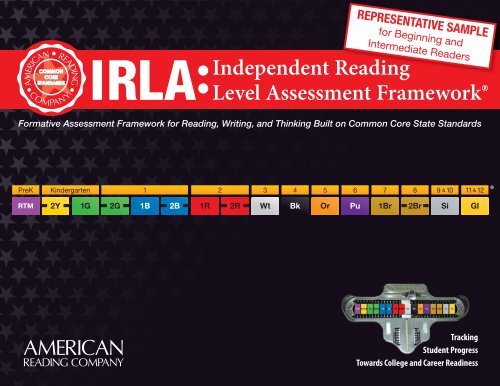
Or, the reader does not know the word and rather than attempt to decode makes a guess. For instance, if the word is ran but the reader says ‘runned’, this would indicate the reader is not attending to the graphemes in the word but rather trying to make sense as they read. Some readers use this skill when they are attempting to read very quickly or if they have developed a habit of skimming as they read. A reader may use their knowledge of a word root and affixes to determine the pronunciation and meaning of the word read.

The most common mophemes are root words and affixes. Morphemes are the smallest units of words that have meaning and cannot be divided further. This should be noted so the teacher knows this child is ready for long vowel phonics lessons. Younger readers may not have experience with long vowels and may read all words with a short vowel sound. Phonics skills vary by age, grade, and instruction. The reader uses phonics to decode the words being read.

When a child makes a self-correction, the previous substitution is not scored as an error. Self-correction occurs when a child realizes his or her error and corrects it. Has to be told a word by the person administering the running record.Substitutes another word for a word in the text.

Scroll ahead to the Scoring section, which appears under Scoring and Analyzing Running Records, to see formulas for calculating these rates.īefore using the running record form, familiarize yourself with the following terms:Įrrors are tallied during the reading whenever a child does any of the following: When the session is complete, calculate the reading rate, error rate, and self-correction rate, and enter them in the boxes at the bottom of the page. When you perform a running record, simply use the symbols and marking conventions explained in Table 1 below to record a childs reading behavior as he or she reads from the book. There are two distinct parts to the assessment: the running record and a comprehension check. Dont be too hard on yourself during the first few attempts. With practice, you will get better at doing them. Taking a running record improves with experience. You can analyze the results of your running record assessment to gain insights into a childs reading and to assign children to the appropriate developmental level for their leveled reading sessions. Of course, you can always opt to read the book before doing a running record if you believe in using previously read text for your running record.

For this reason, we provide a benchmark book at each level. At Reading A-Z, we believe that using a book that has not been previously read will give a more accurate measure of a childs ability to handle text at the assessed level. There are conflicting views on this issue. Running records can be taken on a book that has never been seen by the reader or one that has been read once or twice. A running record form accompanies each of the benchmark books. Reading A-Z provides benchmark books for this purpose. The running record allows you to record a childs reading behavior as he or she reads from the book. You can do leveled reading assessment by taking a running record using a book that you believe is close to the childs developmental level.


 0 kommentar(er)
0 kommentar(er)
